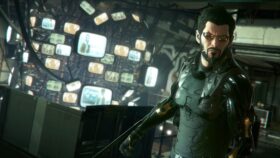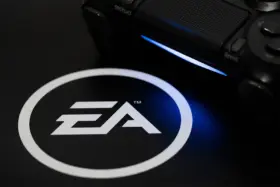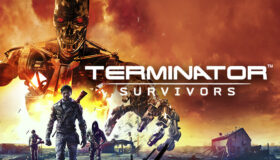Magic: The Gathering‘s latest set, Modern Horizons III, has now been out for a few weeks – and it’s safe to say it’s been quite popular. Having settled into our new decks, GamesHub chatted with Product Architect Mike Turian to get further insight into how the set came to be, why Modern Horizons sets are always so popular, and how incredibly satisfying it is to play a bunch of freaks.
Turian has played and followed Magic competitively for as long as that was an option, so his experience (and memories) were paramount in developing the new set. Getting Modern Horizons sets to click is important, given their main users.
“Modern players are diehard fanatics, and rightly so,” said Turian. “For many of them, it’s their primary way of interacting with the game as there’s so much to explore and tweak.”
Deciding what deserves to come back
“These sets are also a chance for us as designers to get gloves off and worry less about complexity,” said Turian. “If Modern is a giant puzzle, Modern Horizons III is us throwing a bunch of new pieces into the mix to form a brand-new picture!”
When it comes to deciding on what makes it as a reprint, there’s a lot of collaborative discussion. The puzzle requires strategic thinking – in sets like this, the decision-making process around choosing which cards do and don’t make the cut isn’t easy. If anything, there can sometimes be more scrutiny over whether or not the cards make the right amount of sense to be reprinted.
According to Turian, there are two major considerations that make Modern Horizons a unique design challenge:
- Horizons sets tend to incorporate more reprint cards than other releases.
- The sets must have a reasonable and fair impact on Modern from a competitive perspective.
“With 21 years of cards legal to the format, there are so many factors to consider when designing a card,” said Turian. “Will it work in an unintended way with another card or set of cards? Will the cost be too low? Too high to make any sort of impact? Our designers need to consider thousands of additional cards when designing for this format, so that competitive integrity is maintained.”
Read: Getting into Magic: The Gathering as an adult has reshaped my brain
Some cards garnered more debate than others
There were some no-brainer inclusions for Turian and the team, especially when you consider how much scope there is when you’re dealing with Eldrazi. The card he’s most keen on, at least at the moment? It’s a toothy one.
“Nethergoyf is a card I’m very eager to see played. Its larger (and much older) cousin Tarmogoyf was such an iconic and powerful card for so many years but doesn’t get the same attention these days that it used to,” said Turian. “We’re very excited to see what level of impact Nethergoyf has on the format. The decisions involved with filling up your own graveyard with multiple card types can lead to innovative deck building.”
Having played against a “goyf” deck over the weekend, I can confirm the graveyard added a new dynamic to the game – one that saw the player in question wind up triumphant, despite multiple board wipes. Even as an opponent, it’s easy to see why the Nethergoyf holds appeal.
When you’re deciding over cards that spread across nearly 30 years of history, there are going to be some that do present more of a challenge to incorporate – and some that warrant extra discussion.
“The new cycle of ‘free’ spells involved a large amount of discussion and tweaking,” according to Turian. “Historically, ‘free’ spells – i.e. those that can be played with an alternative cost to mana – have made massive impacts on competitive play, so we wanted to make sure these were appropriately balanced.”
Striking that balance requires a lot of consideration into potential deck permutations, strategies and – now that Modern Horizons III has introduced a Commander deck and Arena integration – an understanding of how well the cards will slot into existing sets.
“We’re quite confident we’ve hit an appropriate level of strong but not overpowered with these, so we’re keen to see how players utilise them,” he said.
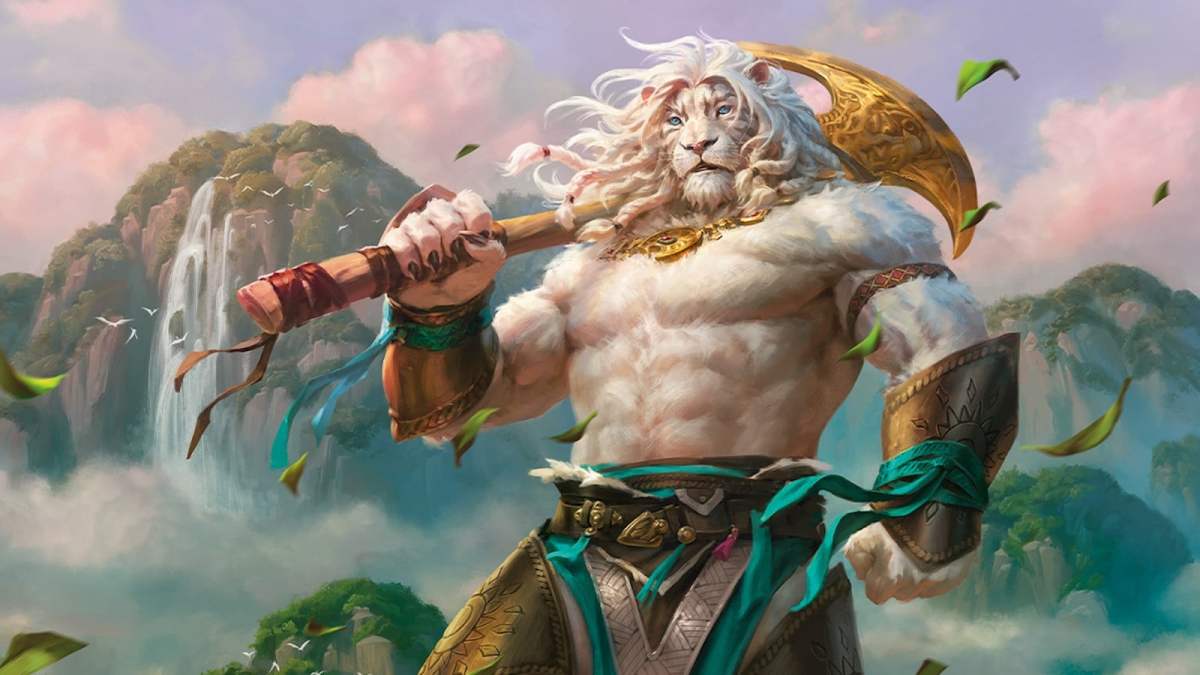
Incorporating the set into Commander
Having personally played more Commander than Modern, the inclusion of Commander pre-cons in Modern Horizons III definitely made me excited – and intrigued. Why now? Why this particular set?
“Commander is such a wildly popular format that it makes a lot of sense to cater to multiple audiences at once,” said Turian. “The unique combination of story and characters in Modern Horizons III allows us to explore themes that we otherwise wouldn’t get to look at. We really wanted to offer these to players while we had the chance.”
With an array of options to choose from, Turian’s go-to Commander changes on a daily basis, but there’s one very important memory that does help push it over the line for one Commander in particular – and it’s a story that resonates for anyone who has an affinity for lightning.
“One of the most iconic competitive moments in the game’s history occurred at Pro Tour Honolulu in 2006, where Craig Jones topdecked the iconic Lightning Helix for a by-the-skin-of-his-teeth victory,” Turian recalled. “Randy Buehler’s cry of ‘It’s Lightning Helix!’ reverberates through the decades that have passed since.”
“The reason I tell this story is the new Legend, Phlage, Titan of Fire’s Fury, is effectively Lightning Helix on a Commander,” said Turian. “Having the option to Lightning Helix at any time feels like a wonderful nod of the head to such a recognisable part of the game’s history.”
“I’m tempted to make a Randy Buehler soundboard to accompany the deck so I can feel like I’m back on the Pro Tour every time I play.”
CODE WORD: EZIO
Mike Turian’s favourite freak (at least, in Modern Horizons III)
As someone who is in the process of building a deck themed entirely around the freakiest looking fellas in the game, I would have been remiss to not ask Mike about his opinion. Modern Horizon 3 is a set full of freaks, and asking an MTG Product Architect to choose just one card feels a little like asking them to choose a favourite child. It’s not easy to narrow them down.
“I’m going to go with aesthetics for my answer on this one,” said Turian. “In a set packed with freakish eldritch horrors in the Eldrazi, my personal pick for freaky would actually be an Energy card. Chthonian Nightmare’s borderless treatment (painted by the wonderful Thomas M. Baxa) is the sort of card that awakens new sleep paralysis demons that you didn’t know existed.”
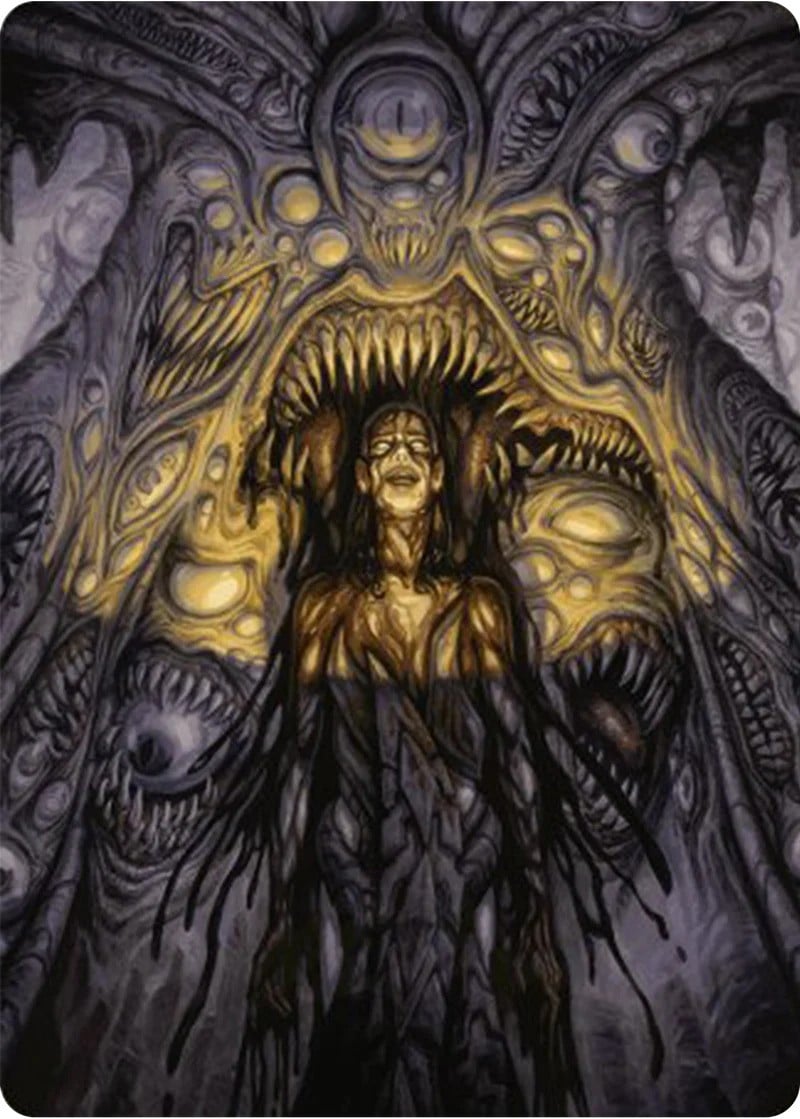
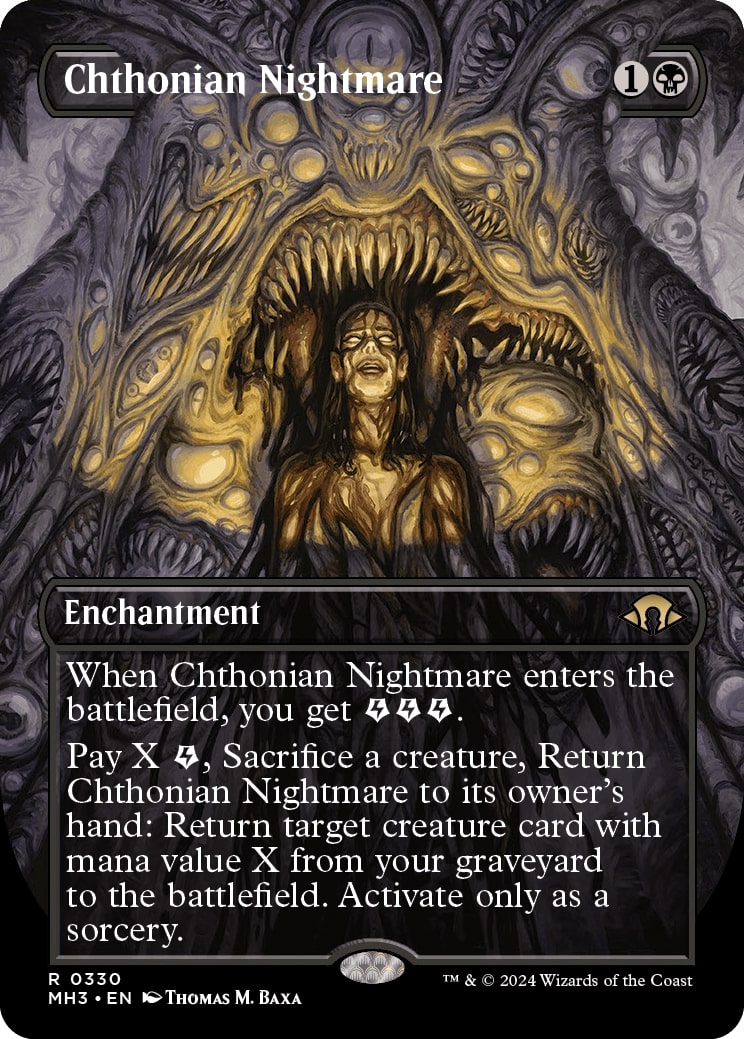
But it’s not just aesthetics that play into the tier of freakdom that a card reaches. A freaky looking creature is one thing… A freaky looking creature that can also devastate your opponents? Now that’s an S-tier freak.
“I’m also personally excited to see just how much of a ‘freak’ the card is on the battlefield,” said Turian, of the Cthonian Nightmare. “I enjoyed playing both with and against the Recurring Nightmare decks of yester(yester)year, and this card is a fantastic throwback to one of Magic’s historical powerhouses.”
As a certified Freak Fan, and appreciator of all things wild-looking, I approve.
Must-Read Casino & Betting Guides
Check out our featured gambling guides to find top casinos, no verification sites, fast withdrawal platforms, and more.

